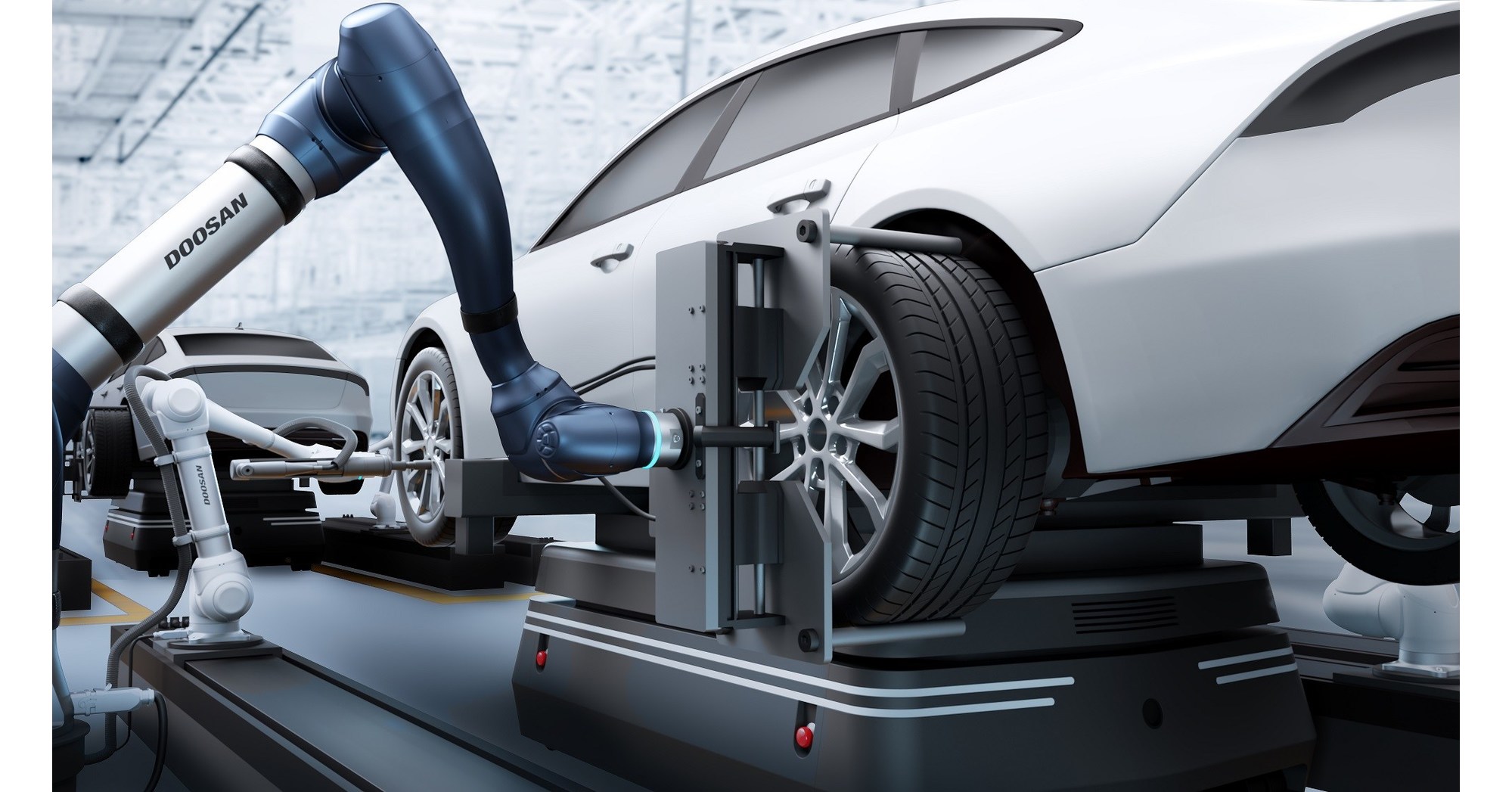
https://diverseco.com.au/wp-content/uploads/2022/10/Episode-image-callout-for-blog-1.jpghttps://diverseco.com.au/wp-content/uploads/2022/10/Full-episode-callout-image.jpg
Collaborative robots, also known as “cobots”, are smaller, safer, and collaboratively-intended robots that are designed to work alongside humans in a collaborative workspace. They are a revolutionary addition to the automation potential of manufacturers of all sizes – but not just manufacturers.
Cobots can be variously described as both the bosses and worker’s best friend. Essentially, workers love the fact that the dull, dirty, and dangerous tasks can be done by a cobot; while the bosses love the fact that the cobot keeps coming in day-after-day, doesn’t take breaks, doesn’t take holidays or call in sick, and can work overtime without any extra cost. At the bottom line is a collaborative robot is much the same as an industrial robot but it has safety build into it. It has been designed to collaborate with the workers – in other words, work next to the workers rather than being hidden away in cages and safety fences which most people might be familiar with, with industrial robots.
Why are cobots beneficial to human workers?
There are a lot of tasks that are performed within the manufacturing process which a human is absolutely required, because a human has two eyes and two hands and there are certain tasks that you need a certain dexterity for – and that is what a human can bring to the manufacturing process.
https://diverseco.com.au/wp-content/uploads/2021/11/cobots-palletising-application.jpg
Doosan cobot assisting with a palletising application
On the other side of things, there are quite a number of repetitive tasks which don’t necessarily need that dexterity, and those sorts of dull and boring tasks can easily be handled by a cobot. That means that instead of having people perform these low-pay, uninspiring jobs, they can be placed into other positions within the operation, that add more value to the business, and let the cobot do those boring tasks of picking and packing, palletising, welding – those sorts of functions that don’t necessarily require a high level of skill, but do require repetitive action and accurate action; and that is where the cobot comes in. It takes away those menial tasks away from the workers themselves.
Do cobots need to be human size?
Not necessarily. Often it is the case that we start with a unit that has a reach of 900mm – perhaps a little more or about the same as a human’s reach. It doesn’t have the dexterity of a human, of course, but we’re getting better and better at that over time with different end effectors – the hands – that go at the end of a cobot. It doesn’t take up a lot of space which is one of the great things – from the boss’s perspective – as a lot of real estate is not required in a factory to install this level of automation.
What does this collaboration look like?
You can picture a line where a human is required to do some level of intricate assembly that requires the manipulation and hand-eye coordination to put a part together, but once that part has been put together or packaged in a particular way, that then needs to be placed into a box, for e.g., or that box at the end of the line needs to be placed onto a pallet; that doesn’t necessarily need that level of hand-eye coordination and is highly repetitive, which is where the cobot can be placed directly next to a worker and safely operate and get those processes done, such as putting a part into a box and putting that box onto a pallet. Those are the sorts of processes – the highly repetitive processes – that humans don’t really like to do, but the cobot is happy to do it day-in, day-out.

